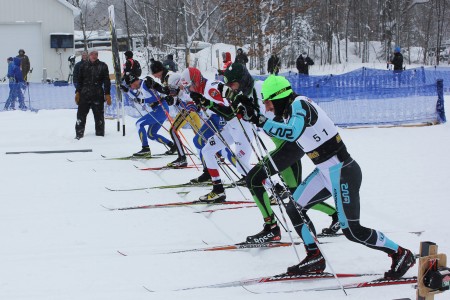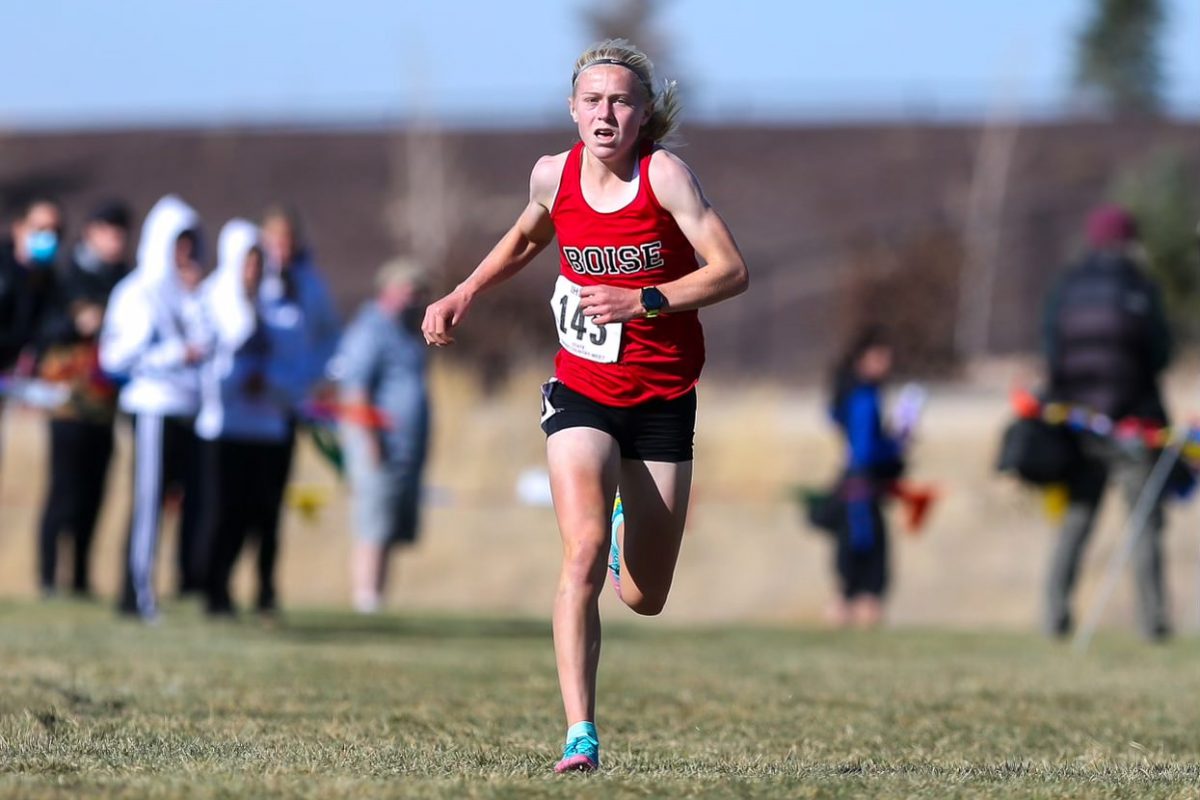
Optimizing performance is a tricky business for winter-endurance athletes. Climate variations, equipment choices and training methods are all factors in a successful performance, and frequently leave nutrition at the bottom of a long checklist. For many reasons, hydration is an overlooked aspect of winter-sports performance.
There are several common issues that cross country skiers run into. Cold weather can lead skiers to believe they are not sweating as much as they might be in other endurance activities. Evening races can cause issues due to the passive dehydration that occurs over the course of the day. Poor pre-race hydration, combined with eating too close to race time, can leave racers under-hydrated and over fueled. Long-distance events require athletes to keep their fluids topped up for 3-5 hours or risk losing the power and reflexes needed for efficient skiing.
In order to improve performance and comfort skiers of all levels should implement a hydration strategy.
Dr. Stacy Sims, founder and chief scientist of Osmo Nutrition, has worked with many professional endurance athletes including elite cross-country skiers and biathletes. Her work in hydration, nutrition, and thermoregulation has rippled across everything from triathlons to car racing.
Regardless of a skier’s athletic level, Sims first recommends having a good daily hydration routine. “A few days before a race, you are eating watery fruits and vegetables and lightly salting your food,” Sims recommends. “Any water that you are drinking, you are adding a pinch of salt. These are all techniques to stay hydrated throughout daily life.”
“A few days before a race, you are eating watery fruits and vegetables and lightly salting your food. Any water that you are drinking, you are adding a pinch of salt. These are all techniques to stay hydrated throughout daily life.” — Dr. Stacy Sims, founder and chief scientist of Osmo Nutrition, also an exercise physiologist, nutrition scientist and athlete
‘Pre-loading’, the method of hyper-hydrating before an event is a strategy Sims recommends for both short and long distance skiers.
“They way hyper hydration works, you want to do small sips across the course of an hour so that it actually gets absorbed,” said Sims “If you guzzle it down then you can sometimes have what we call a baroreflex. This is when the volume in the stomach, stretches the stomach. This signals the kidneys to uptake the liquid a lot faster, and pee it out. If you go in small sips across an hour then it all gets absorbed.”
Drink mix formulas designed for pre-loading, like Osmo Pre-Load Formula, The Right Stuff, or Skratch Labs, are now easily found online and at local bike and ski stores. Athletes can play with alternatives such as creating their own buffer mix or just using water.
Putting a hydration plan in place is not difficult. It can be accomplished with a few simple steps, many of which athletes already execute in some manner already.
Hydration Plan
- Drink some pre-load or water the morning of or night before event to top up body water
- Finish meals 2 hours before the race
- Prepare pre-load drink (water or with mix) 1.5 hours before event
- Start drinking pre-load an hour before race
- Sip pre-load fluid slowly,10 mls/kg or 1-2 water bottles, over the course of an hour
- Finish drink approximately 20 minutes before the race.
- For longer events use a hydration pack or bottles to take in 8-10 mls/kg per hour.
An effective hydration plan is easy to implement, and will enable skiers to check off one more detail on the long list of to do’s that are required for maximum performance and comfort.
***
About the author: Ted Burns has been writing and producing content about outdoor sports since 1998 when he covered his first Tour De France. Since then he’s been a frequent contributor to VeloNews, cyclingnews.com, Cyclocross Magazine, Behind the Barriers TV and other print, online, and video properties. Ted moved to Madison Wisconsin in 2011 and took up cross-country skiing to stay sane. He’s recently started training for his first biathlon race despite having never shot a rifle before.




2 comments
highstream
January 13, 2015 at 4:05 pm
Good ideas, but it’s how to keep the pack and bottles and hose/nozzle from freezing in the longer outings (pt 7) that I’d like to figure out.
gkentch
January 13, 2015 at 5:18 pm
Yeah, I was hoping for a discussion or review of different cold-weather water-carrying technologies. Instead, it’s pablum counsel of dubious scientific accuracy.